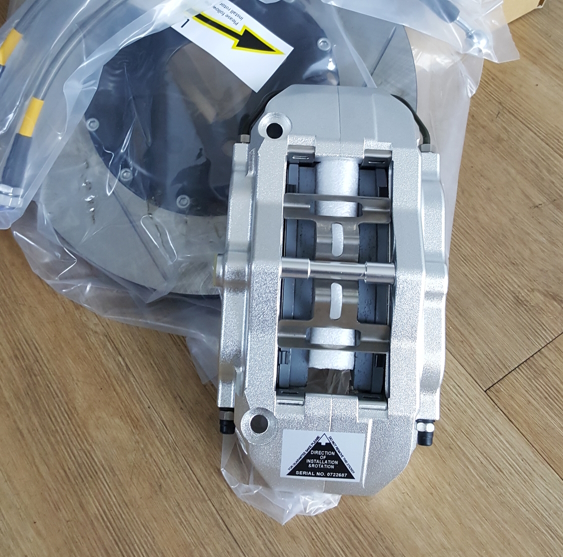Tech Heavy Cars vs. Flat Batteries: Calibrations, Codes and Chaos

Tech-Heavy Cars vs. Flat Batteries: Calibrations, Codes and Chaos
Back in the 1990s, a flat battery or a quick disconnect was little more than an inconvenience. You’d lose the clock, maybe your radio...





































